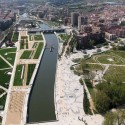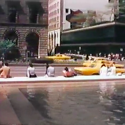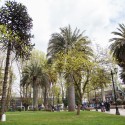Publicación de la semana: “Instigations engaging architecture landscape and the city”
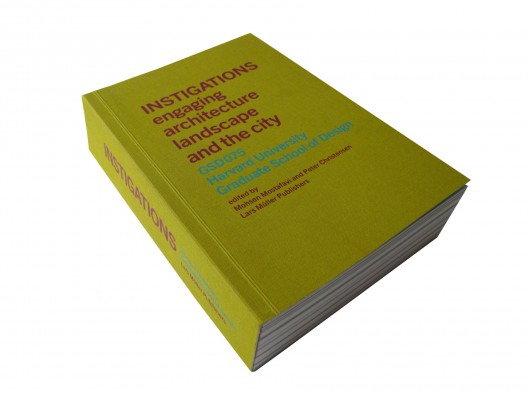
“Instigations engaging architecture landscape and the city”
Editado por: Mohsen Mostafavi y Peter Christensen. Lars Müller Publishers.
Idioma: Inglés
ISBN: 978-3-03778-307-8
Año: 2012
Autor: Varios autores
Dónde encontrarlo: En este link de Lars Müller Publishers
Sobre el libro:
Este libro, realizado para la celebración de los primeros 75 años de la Escuela de Graduados de Diseño de la Universidad de Harvard, presenta técnicas y métodos utilizados para enfrentar los retos de diseño e interacción de las sociedades contemporáneas en las ciudades. La idea de la publicación es potenciar la imaginación de los nuevos diseñadores para que en futuras planificaciones urbanas sean capaces de construir sociedades más justas, incorporando la participación de todos los segmentos de la sociedad.
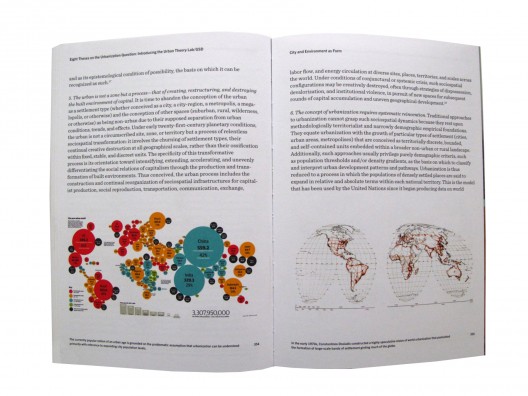
Contenidos:
Preface
Instigations: Remaining Better Futures
Dispatches: Present-ing a School’s History and the GSD
An Archeological Approach
Sequence
Design as Research
– Roots to Our Ecology and Built Future
– Material Assembly and Orchestra: Itinerant Architecture for Music
– The Generic Sublime
– From Digital Fabrication to Design Robotics
– Experience, Metrics, and Collaboration in Landscape Architecture Today
– Architecture and the (Research) University
– The Return of Nature: “Organicism against Ornament”
Design as Critique
– What Keeps Me Up at Night is not the Future of Architecture
– Planning for the Just City
– The Problem with Representation Today
– A New City of Fragments
– Deep Time Made Visible
– Design and Knowledge
– The Architecture of Cooperation
City and Environmental as Process
– Now #1
– History and Critical Design in Landscape Architecture
– A Field Guide to the Future
– Urban Insecurity in Cities of the Global South
– Urban India Atlas
– Philosophers Expand the Meaning of “Space”
– On Pedagogy: Jacques Herzog and Pierre de Meuron in Conversation with Mohsen Mostafavi
City and Environmet as Form
– Landscape as Infraestructure: Urbanism beyond Engineering
– The New “New Europe”: Urbanism after Socialism
– Post – Disaster Resettlement: More tan a Question of Shelter
– Urban Digs: A Boston / Shangai Axis
– Eight Theses on the Urbanization Question: Introducing the Urban Theory Lab / GSD
– The Surface is Alive
The Continuous Institution
– Architecture Boxed in Gund Hall
– History, Technological – and the Tradition of Architecture
– The World According to Architecture
– Remagining the Design Library
– Digital Landscape 3.0 (2013 – 2037)
– The Rouse Visiting Artist Lecture
– Personal View son the Past, Present, and Future of Perfomance Art
The Shifting Institution
– Sorry, your time is up. Please try again later
– There is no Architecture without Writing
– The New Vitruvius?
– The End of Ecology?
– Art, Design, and the Public Domain
– On Pedagogy: Rem Koolhaas in conversation with Mohsen Mostafavi
Acknowledgments
Index
Illustration Credits
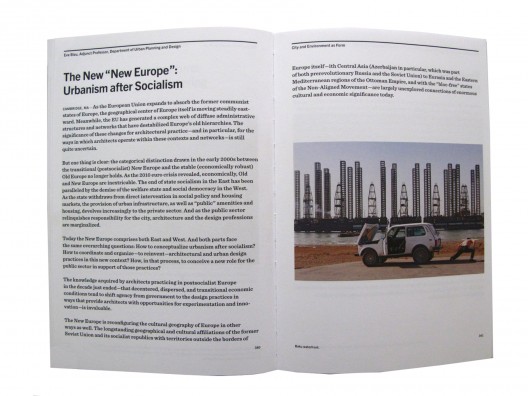
Extracto:
“The mainstream of planning, at least in the West, has become increasingly modest since the days when Daniel Burnham urged the profession to “make no Little plans”. Negotiation and mediation have become watchwords of believers in communicative planning. The movement to limit the role of planners is an understandable response to the top-down, authoritarian planning typical of the days of urban renewal. Then, government planners ruthlessly moved people out of their homes and communities to make way for institutions, office buildings, highways, and luxury apartments. Communicative planning, by seeking to involve all stakeholders in the determination of land uses, derives from a democratic ideal and aspires to créate planning that does not exclude the interest of society’s disadvantaged”.
“La corriente principal de la planificación, por lo menos en Occidente, se ha hecho cada vez más profunda desde que Daniel Burnham instó a la profesión a “no hacer planes pequeños”. Negociación y mediación se han convertido en santo y seña de los creyentes en la planificación comunicativa. El movimiento para limitar el papel de los planificadores es una respuesta comprensible de arriba hacia abajo, la planificación autoritaria típica de la época de la renovación urbana. Luego, los planificadores del gobierno sin piedad movieron a la gente de sus hogares y comunidades, para dar paso a las instituciones, edificios de oficinas, carreteras y departamentos de lujo. La planificación comunicativa busca la participación de todos los interesados en la determinación de los usos de la tierra, derivando de un ideal democrático y aspirando a crear la planificación que no excluye la inclusión de los grupos desfavorecidos de la sociedad”



